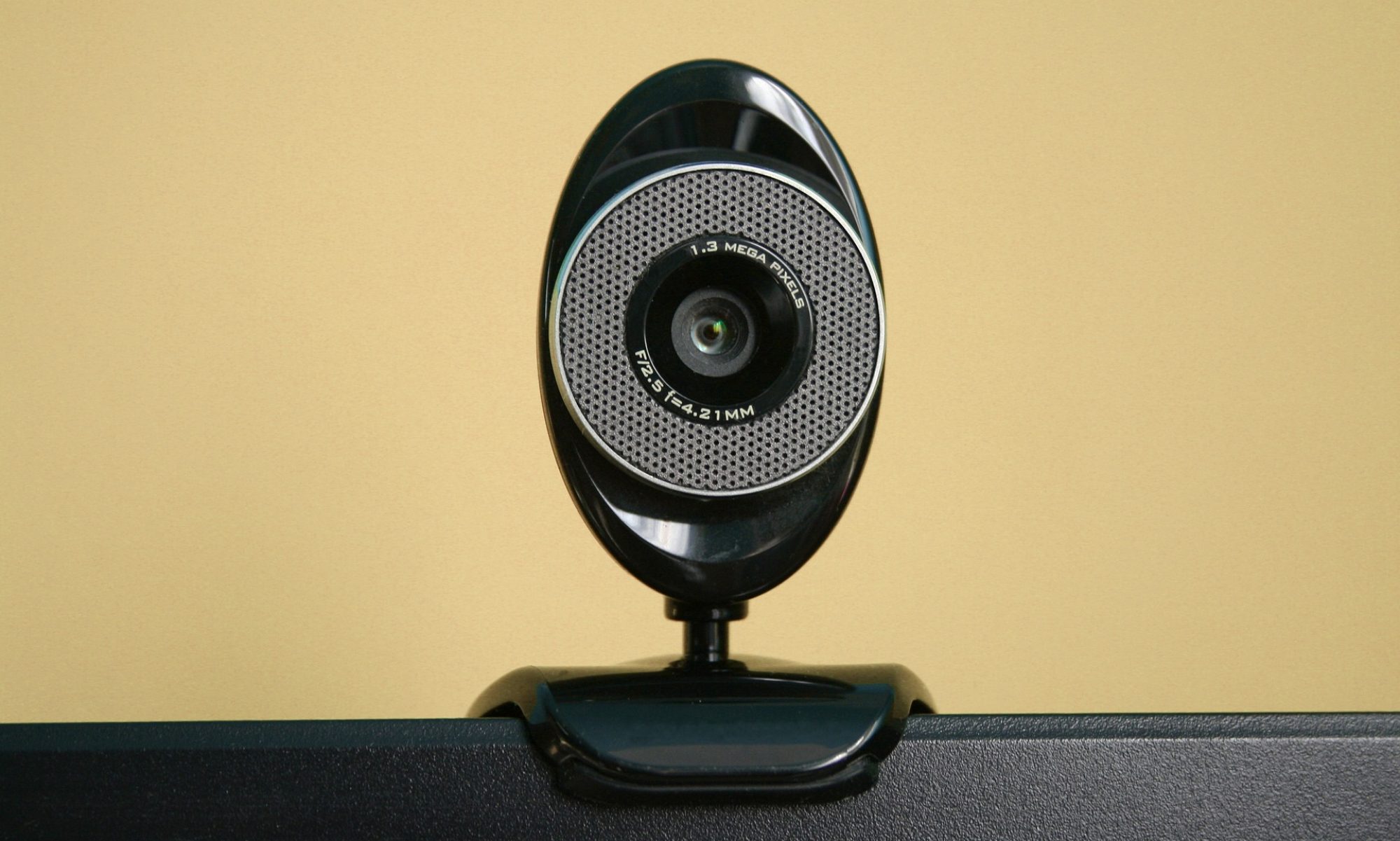The long-term trend towards actively juggling many connected devices has reversed. It has even slid as users consolidate their activities on a smartphone. Furthermore, people use their devices for a narrower range of activities, simplifying their device collection and what they do with them.
Many users shifted to using a notebook and smartphone only to continue their shift using their notebooks less than before. Tablets offered to combine the best of computers and smartphones but instead have fallen into a gap between them. Meanwhile, the majority of people have migrated their activities onto their smartphones. Some of the motivation has been a quest for simplicity, although, in fact, convenience has driven more people. Economics have also played a part, spurred by the many shifts in work in response to the pandemic.
Only ten years ago, the average online adult regularly used as many as four types of devices, most frequently using a home computer, work computer, smartphone, and tablet. Although computers are still in active use, when they are being used, many have been relegated to specific tasks, such as shopping, watching videos, or intensive games.

